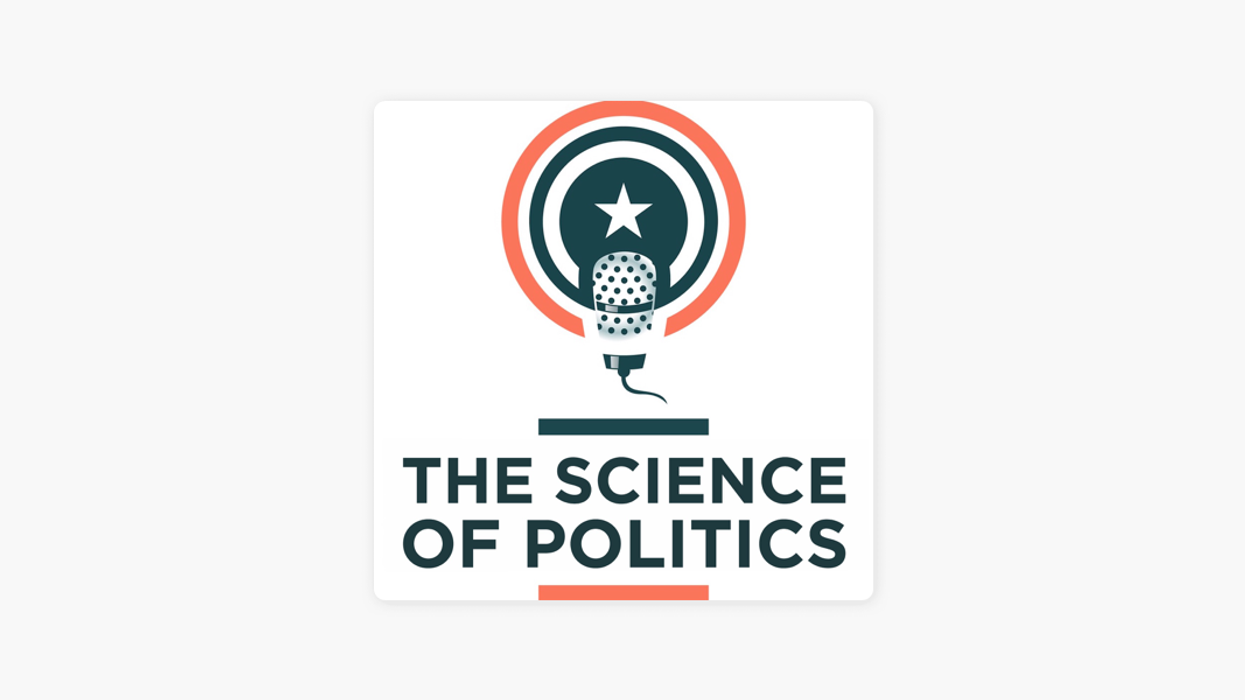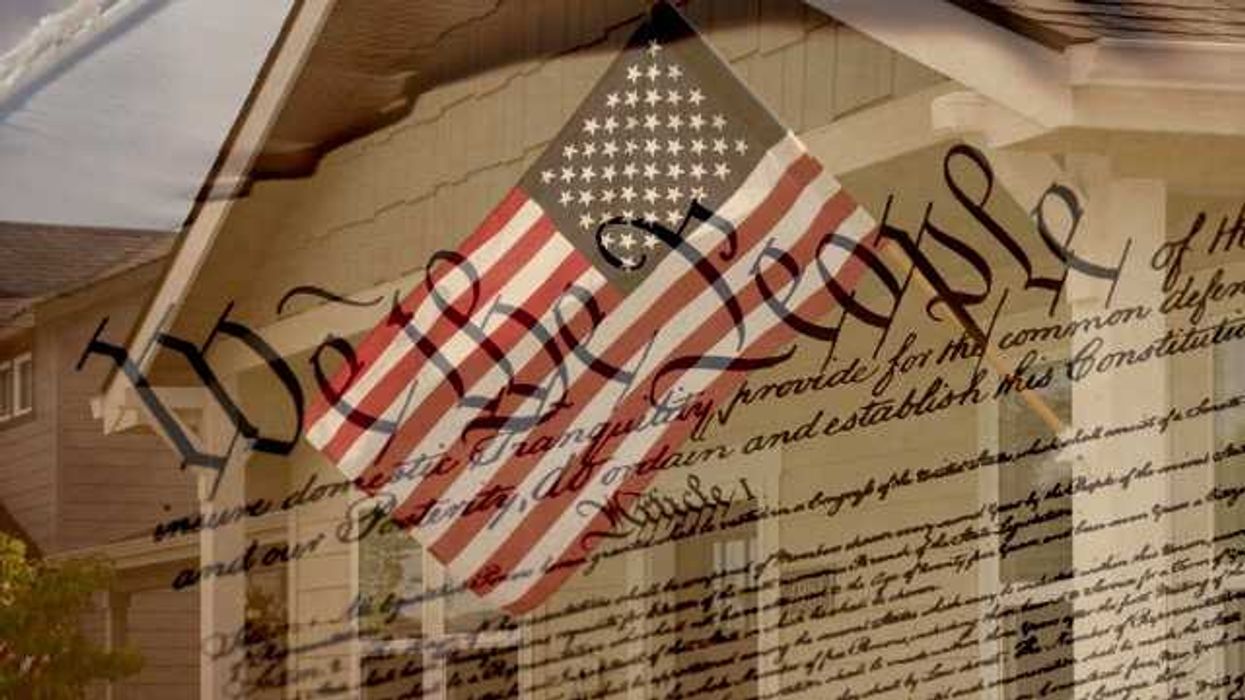Declining response rates for polls mean we must rely on the shrinking minority of Americans that agree to be interviewed to represent the broader public.
"The Science of Politics" podcast guest Josh Clinton finds that Democrats were more likely to agree to be interviewed than Republicans or Independents in 2020. Common corrections could not compensate, as the partisans who do respond aren’t representative of those who don’t. Guest Amnon Cavari finds that the people who refuse to participate in polls are less educated and less interested in politics. This means our measures of polarization overestimate partisan differences by speaking only to the highly engaged.












 Shannon Gormley, Rhode Island Public Schools
Shannon Gormley, Rhode Island Public Schools Les Sinclair, Blue Ridge Area Food Bank
Les Sinclair, Blue Ridge Area Food Bank Elena Casillas Hoffman,
Elena Casillas Hoffman, 
 Darrious Hilmon, Executive Director, CAN-TV
Darrious Hilmon, Executive Director, CAN-TV










